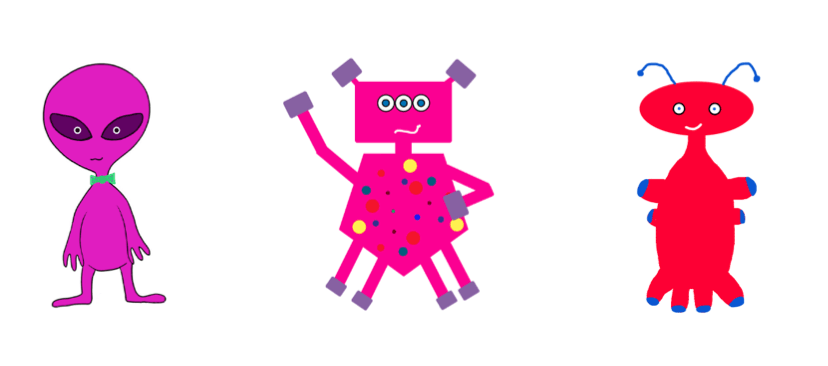Modern technology has the control to be very passive and therefore doesn’t always provide children with the quality and quantity of crucial emotional, social, cognitive and/or physical experiences they require when they are young. The developing child requires that right combination of these experiences as the right times during development in order to develop optimally. This cannot happen if a child is sitting for hours passively using and interacting with modern technology, like television for example.
Sitting young children in front of television for hours also prevents that child from having hours of other developmental experiences. Children need real-time social interactions; technology such as television can prevent that from happening. However, one can argue that it isn’t just technology that has this effect on children and before jumping to any particular conclusion, one must define what ‘technology’ really is.
“The application of scientific knowledge for practical purposes” – Oxford Dictionaries
So, with this definition in place, can you argue that children continuously reading books is also denying them of a thorough development? Through this definition, I believe technology doesn’t only incorporate machinery and having access to reading materials, on a user-interface or not, is in fact also, interacting with technology.
Technology doesn’t have a particularly good reputation when involved in the class room of young children, however there are many positive qualities to modern technology. The technologies that benefit young children the greatest are those that are interactive and allow the child to develop their curiosity, problem solving and independent thinking skills. – Kimberly Moore Kneas, Ph.D.

